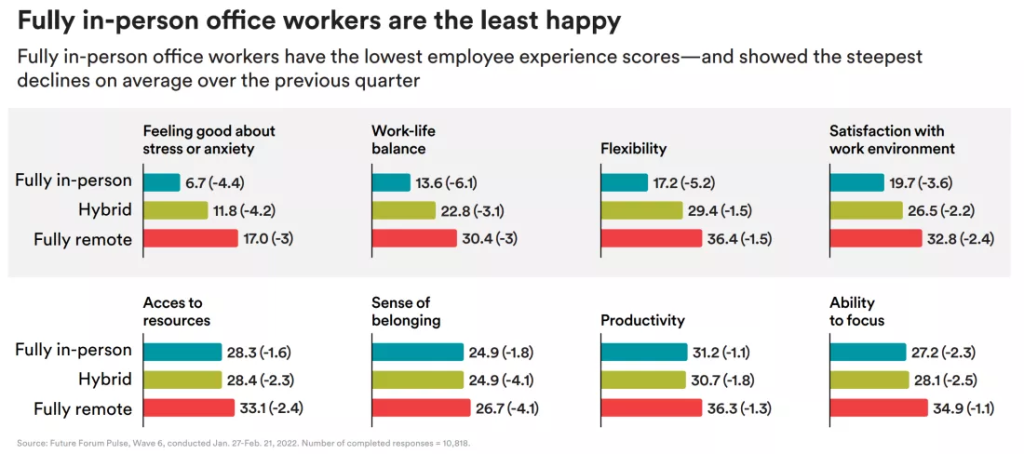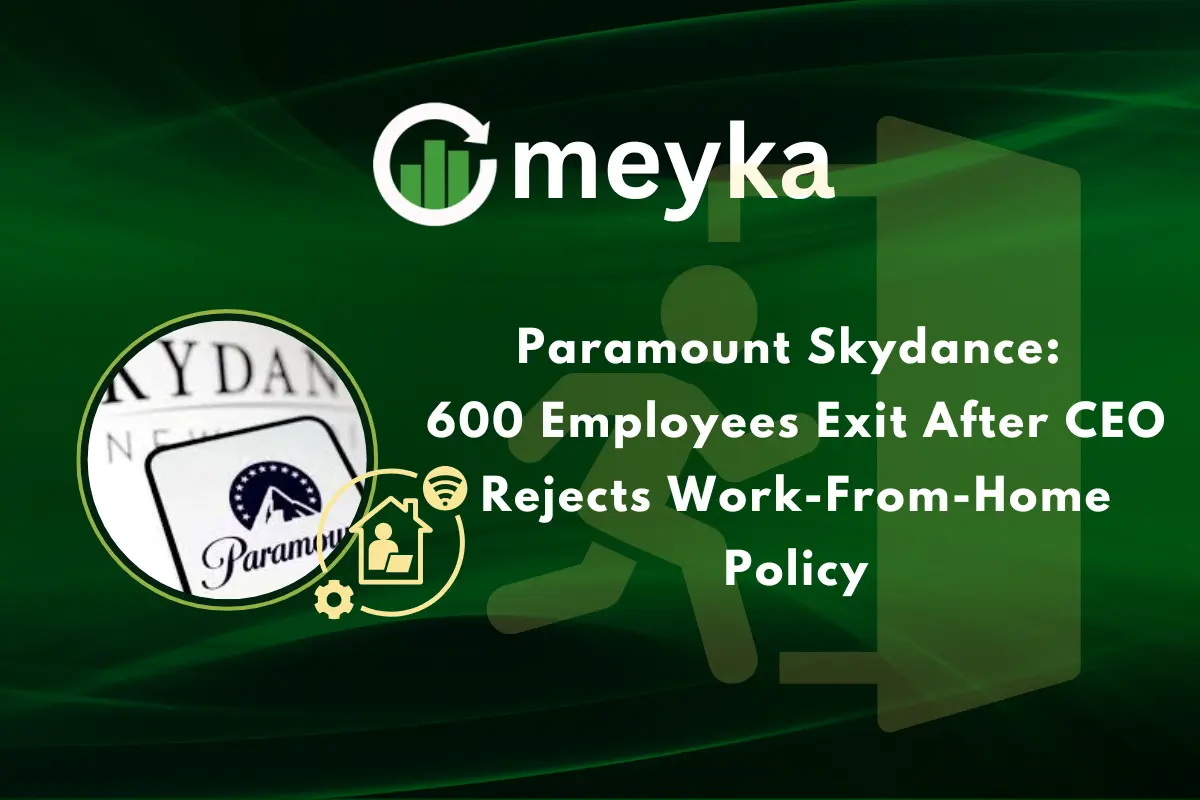Paramount Skydance: 600 Employees Exit After CEO Rejects Work-From-Home Policy
In early September 2025, the CEO of Paramount Skydance, David Ellison, announced that staff based in New York and Los Angeles must return to the office five days a week starting January 5, 2026. The rule gave employees two choices: show up every workday, or take a severance and depart. Within weeks, around 600 employees chose the latter.
The move followed the $8 billion merger between Paramount and Skydance Media in August 2025. The company claimed that being together in person is key to creative success and culture. But the mass exit raises big questions: Can strict in‑office mandates still work in today’s workplace? And what does this mean for talent, morale, and the future of creative firms?
Background on Paramount Skydance
The newly merged entity, Paramount Skydance formed in August 2025 after the $8 billion merger of Paramount Global and Skydance Media. The company brings together film, television, and streaming businesses under one roof. Media industry watchers say the workforce at Paramount Skydance includes creative staff, technical teams, production crews, and corporate employees.
Given this scope, employee location and collaboration matter a lot. The merger set the stage for major change inside the business, including leadership shifts, cost reductions, and culture redesign.
The CEO’s Decision and Company Policy
In early September 2025, CEO David Ellison issued a memo. He announced that staff in New York and Los Angeles must return to the office five days a week starting January 5, 2026. He offered a severance buy‑out for those who preferred not to comply. His reasoning: being together in person drives creativity, culture, and collaboration. “In‑person collaboration is absolutely vital to building and strengthening our culture,” he wrote.
The policy applied especially to roles at the VP level and below, located in the two major US hubs. Remote‑only or international roles were scheduled to be handled later. Some employees reacted quietly. Others raised concerns about commute, remote‑work gains, and flexibility. But the directive stood firm.
Employee Exodus: Numbers and Impact
When the policy rolled out, about 600 employees chose the severance option rather than return full‑time. Those were largely staff in Los Angeles and New York, and mostly at the VP‑level or below. The total cost to the company of paying out those severances reached about $185 million. The exits arrived alongside a broader restructuring plan.
In October 2025, another wave of roughly 1,000 layoffs hit. The immediate impact: gaps in team staffing, disruption in workflow, and potential delays in production projects. For a company in the entertainment business where timing and creativity matter, such exits raise red flags. The optics also matter: large‑scale departures tied to policy change make headlines.
Broader Industry Context
The move by Paramount Skydance is not isolated. Many firms in tech and media are reversing remote‑work allowances and pushing office return mandates. In the media sector, other studios and broadcasters likewise require more in‑office days. Employee expectations have shifted since the pandemic: many now value hybrid or full remote options.

Meanwhile, employers face pressure to sustain culture, innovation, and cost efficiency. The tension between flexibility and centralised office culture has become a defining workplace battleground in 2025. The directive at Paramount reflects that broader pattern but in a vivid way.
Consequences for Paramount Skydance
In the short term, the company will contend with staffing shortages in key locales, and that could slow down projects and creative output. Long‑term, there is reputational risk: potential hires may view the company as rigid rather than adaptive. The decision may make it harder to attract talent who prioritise flexibility.
On the cost side, the severance bill plus restructuring expenses already stretch the company’s financial bandwidth. Paramount disclosed that its restructuring effort may cost as much as $1.7 billion. The gamble: By enforcing in‑office work, the company hopes to strengthen culture and creative collaboration, but it may simultaneously lose employees and slow momentum.
Expert Opinions and Analysis
HR and management experts say forced in‑office mandates carry risk. One consultant described how poor planning can lead to “chaos” when employees return without clear logistics. Some analysts believe that while in‑person interaction boosts spontaneous innovation, the strict five‑day‑a‑week rule may be outdated for knowledge‑based work.
Others argue that for creative media companies, physical proximity fosters unexpected breakthroughs that virtual meetings often fail to deliver. The key, according to experts, is balance: offering optional flexibility while preserving core in‑person rituals. The high‑profile nature of this policy means many will watch Paramount’s outcomes as a case study in modern workplace strategy.
Future Outlook
What lies ahead for Paramount Skydance? The company may refine its policy and shift toward a hybrid model if exits and disruptions continue. Monitoring talent turnover rates will matter. For hiring, the company may emphasise the value of being together and build new incentives around office culture.
For the workforce, employees may weigh commute time, remote‑work preferences, and job offers more critically. The broader logic of the strategy: centralise around core hubs, reduce costs, and drive culture. Whether that pays off remains to be seen, but one thing is clear: the experiment has begun.
Bottom Line
The decision by Paramount Skydance to enforce full‑time office return reflects larger workplace transformations in 2025. The 600‑person exit, the heavy severance cost, and the high stakes make this an important chapter in how companies handle culture, collaboration, and flexibility. Time will tell if this strategy delivers the desired creative edge or if it prompts talent migration to more flexible firms.
Frequently Asked Questions (FAQs)
In September 2025, Paramount Skydance required staff to return to the office full-time. About 600 employees chose severance instead of following the five-day office rule.
Starting January 5, 2026, employees in New York and Los Angeles must work in the office five days a week. Remote options are limited and offered only in special cases.
The loss of 600 employees in 2025 may slow projects and create gaps in teams. The company could face delays while hiring or adjusting workflows.
Disclaimer: The content shared by Meyka AI PTY LTD is solely for research and informational purposes. Meyka is not a financial advisory service, and the information provided should not be considered investment or trading advice.






